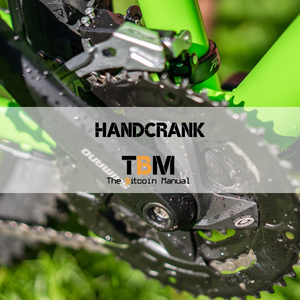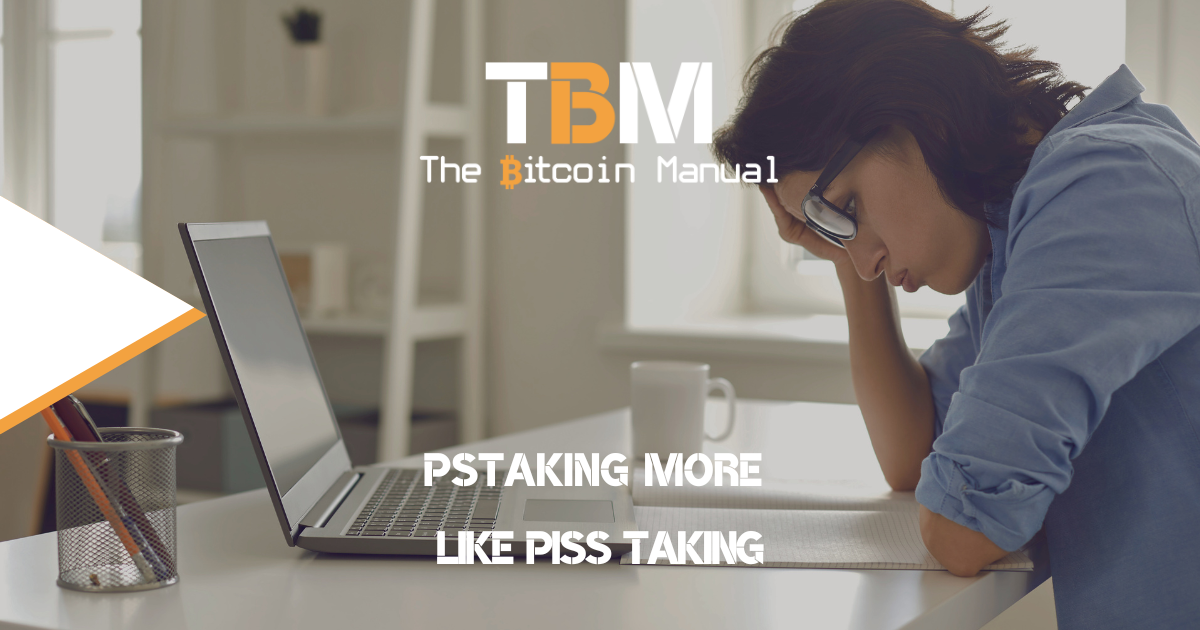Handcrank
Home » Blockchain » Handcrank
While the bitcoin blockchain might have certain restrictions, how you tether different environments backed by bitcoin can change. Today we have side chains that use a federation that acts as a custodian for peg-in and out with Liquid, and we have time lock contracts with Lightning.
Drivechains is another proposal that uses merge mining and a blinded escrow to allow for two-way peg-ins between side chains, but it requires a soft fork. While Drivechain requires a bitcoin upgrade to unlock these features, Handcrank aims to draw inspiration from some of the work on Drivechains, but change the way the peg in and out is done. Instead, Handcrank utilises what is currently available on the bitcoin base chain, leveraging multi-sig to create a mega-signature that will act as the anchor between the two chains.
Handcrank is much less efficient, and brings in new trust assumptions compared to a Drivechain but aims to accomplish a similar goal.

How does handcrank work?
Handcrank would require a minimum of 51% of miners run some software which embeds a new bitcoin public key into the coinbase of every bitcoin block they mine. Any user wishing to peg in to the Handcrank chain can select 51 pubkeys from the last 100 mined bitcoin blocks and use them to construct a 51 of 51 musig pubkey. With this pubkey in hand, the user can create a bitcoin “deposit address”, which can only be spent from using a “mega signature” that is valid for the musig key.
Pegging funds into Handcrank
When the covenant is ready (i.e. when the user has all the signatures), the user deposits their bitcoin into the musig address and creates a corresponding message on the Handcrank sidechain.
The message to unlock the funds on the side chain is paid for by subtracting a fee from the user’s amount that was placed into the musig address.
The message announces the user’s sidechain address, the signatories to the multi-sig covenant, and the full text of all of the withdrawal transactions (including all of the signatures) that comprise the multi-sig covenant.
Sidechain nodes detect this message and validate
- That 51% of miner pubkeys from the last 100 bitcoin blocks are indeed aggregated together in the musig address
- That they signed all the withdrawal transactions
- That the withdrawal transactions all match the specification.
If everything checks out, the user’s sidechain address is credited with an amount of “Handcrank bitcoins” corresponding to however much the user deposited into the musig address, minus the fee for announcing her message.
If any of the above items do not check out, the message is considered invalid and is excluded from the sidechain, and the user’s address is not credited.
Trusting miners to act according to incentives
A Handcrank user and all sidechain nodes validating the Handcrank protocol have trusted 51% of the miners to create a covenant. They trust this covenant to properly hold the user’s money for the time that money is on the sidechain.
What does handcrank do?
Handcrack is merely a proposal and the consensus method, and the use cases of the sidechain are not defined, but sidechains generally aim to solve problems like:
Reduce infighting
Development on the bitcoin base chain is slow and methodical for good reason, it holds billions of dollars in value and requires consensus by all parties. When changes are proposed, they can get caught in a vetting process for years before it is implemented or eventually rejected.
Sidechains like Handcrank allow for experimentation instead of trying to change the base layer. This removes existential threats to BTC.
Maintain resource focus
Instead of having layers compete for resources, sidechains allow the BTC main net to function as normal and focus hashrate security where it belongs as well as node consensus. In addition, Handcrank’s use of a multi-sig could provide a healthy payment for miners should these Handcrank side chains be established or closed.
Adding scalability
Handcrank would be its own environment with its own set of rules in how it settles the value pegged into it from bitcoin.
Handcrank could help settle transactions between different parties without the need to use additional base chain resources, adding more transaction volume to the overall bitcoin ecosystem and reducing bids for block space.
New functionality
Once bitcoin has been locked on the base layer and the proof is sent to the Handcrank, that value can then be exchanged using different methods of consensus.
This means BTC lives in a new environment with fewer constraints and gains new experimental abilities, this could be additional privacy, smart contract support and much more.
More information on handcrank
| Source | Website |
| GitHub | https://github.com/supertestnet/handcrank/blob/main/README.md |
Share with a friend
If you thought this information was helpful why not share it on your favourite social media network and encourage others to learn more about Bitcoin
The latest news from our blog

pStaking More Like Piss Taking
Bull markets are the ideal environment for opportunists. It’s the period in the cycle where bad ideas can get funding and live longer than they

SARS Sets Sights On Your Bitcoin Gains
South African Bitcoin traders, investors, and long-term holders, your free ride in the Wild West has had to end sometime. The days of cashing in

The Social Engineering Hacks Will Continue Until Self Custody Improves
When you decide to store your wealth in Bitcoin, security is paramount. The blockchain spares no expense in securing blocks for a reason, and you
